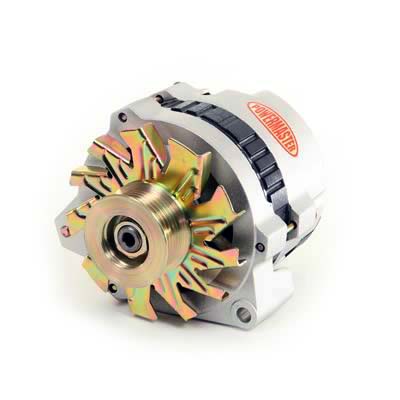Charging vs Maintaining a Battery

- Sponsor
- OPTIMA Batteries
- Location
- Milwaukee, WI


Many of us are familiar with the concept of charging a battery- we do it with our cell phones all the time. However, with automotive batteries, there is a subtle, but distinct difference between “charging” a battery and “maintaining” a battery, especially as it relates to a vehicle's charging system. Most OEM alternators are designed to maintain car batteries that are near a full state of charge. That means when a battery's energy is used to start a vehicle or maintain presets while the vehicle is off, the vehicle's alternator is designed to replace those shallow discharges and maintain proper voltage in the battery.
However, those OEM alternators may have a hard time recharging that same battery if it is deeply-discharged. In automotive applications, a deep-discharge can happen if headlights or dash cams are left on for long periods of time or if the radio is played for a long time (or loudly) with the engine turned off. Batteries can also be deeply-discharged gradually over longer periods of time, because of the electrical draw of devices like car alarms and GPS-based systems that remain on, even when the vehicle is shut off. The combination of that long-term electrical demand and a series of short trips, where a vehicle's charging system is unable to replace the energy that was used during storage and starting is a recipe for what many folks simply refer to as a “dead” battery.
In marine applications the same holds true, when trolling motors, bilge pumps or other electrical accessories operate for long periods of time, strictly on battery power. Even vehicles with minimal parasitic draws can eventually deeply-discharge a battery, if they sit for long periods of time without use. That means if you store a car, truck or boat during the winter months, it is a good idea to periodically check your battery voltage, to make sure the battery isn't being deeply-discharged.
When batteries become deeply-discharged, to the point where a vehicle needs a jump-start from another fully-charged battery, we always recommend fully-recharging the deeply-discharged battery with a battery charger as soon as possible. Relying on the vehicle's alternator to fully-recharge a deeply-discharged battery can lead to a cycle of dead batteries and jump-starts, until either the battery fails (expensive) or the alternator fails (even more expensive).
Fully-charged, our REDTOPs (and 34M BLUETOPs) will measure about 12.6-12.8 volts and our YELLOWTOPs and BLUETOPs (except the 34M BLUETOPs) will measure about 13.0-13.2 volts. So at what level is a battery considered deeply-discharged? We know most folks don't carry voltage meters with them, but if your car, truck or boat battery gets so deeply-discharged, that it needs a jump, it is probably safe to say the battery should be fully-recharged with a battery charger as soon as possible.
